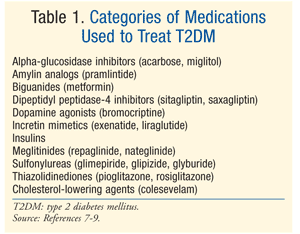


Anyone with a parent or sibling with type 1 diabetes has a slightly increased risk of developing the condition. Some known risk factors for type 1 diabetes include: This can cause life-threatening complications. In type 1 diabetes, there's no insulin to let glucose into the cells, so sugar builds up in your bloodstream. When your glucose levels are low, such as when you haven't eaten in a while, the liver breaks down the stored glycogen into glucose to keep your glucose levels within a normal range.Sugar is absorbed into the bloodstream, where it enters cells with the help of insulin.Glucose comes from two major sources: food and your liver.Glucose - a sugar - is a main source of energy for the cells that make up muscles and other tissues. As your blood sugar level drops, so does the secretion of insulin from your pancreas.Insulin lowers the amount of sugar in your bloodstream.Insulin circulates, allowing sugar to enter your cells.The pancreas secretes insulin into the bloodstream.Insulin is a hormone that comes from a gland situated behind and below the stomach (pancreas). Once a significant number of islet cells are destroyed, you'll produce little or no insulin. Exposure to viruses and other environmental factors.Usually, the body's own immune system - which normally fights harmful bacteria and viruses - mistakenly destroys the insulin-producing (islet, or islets of Langerhans) cells in the pancreas. The exact cause of type 1 diabetes is unknown. Request an Appointment at Mayo Clinic Causes


 0 kommentar(er)
0 kommentar(er)
